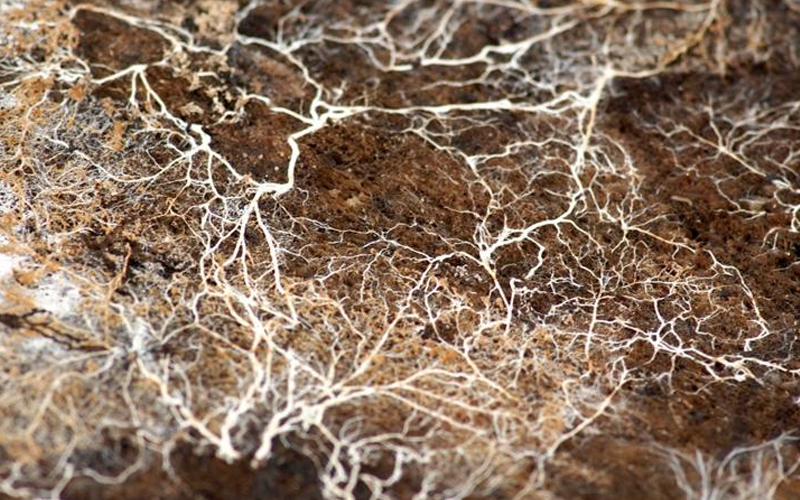
The grasslands of the archipelago are home to a few massive, yet unobtrusive, organisms; the symbiotic mycelial networks open_in_new that colonize the soil. These networks increase the resilience of the plants they interface with by improving their nutrient and water uptake and shielding them from soil contaminants. They also facilitate rudimentary chemical communication between organisms, allowing an entire ecosystem to respond simultaneously to environmental stressors.
The species of fungi that make up these networks are competitive with each other. Each has a subset of preferred hosts; unlike their ancestors, there is limited overlap in these relationships, as a species capable of interfacing with multiple fungi creates an opening for another network to establish a presence within the territory. Because of this behavior, the boundaries of each network can be observed by a shift in the composition of the grasslands. As a network spreads into areas containing its preferred hosts, it also forces out non-preferred species i.e. those of its competitors.
This selectivity impacts agriculture, in that crops which aren’t designed for compatibility with their local network will fail to thrive. While it is possible to temporarily clear the soil of mycelium, integration into the network offers such benefits that it is widely considered best practice to deliberately cultivate compatible crops rather than fruitlessly try to circumvent the preferences of the local network.